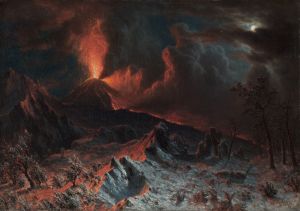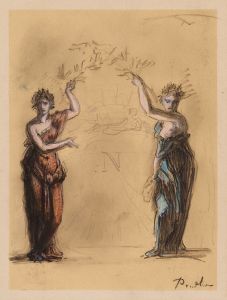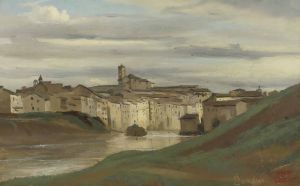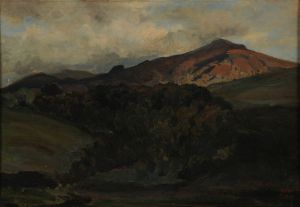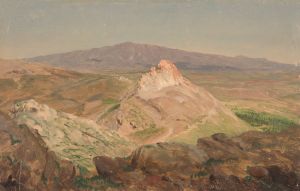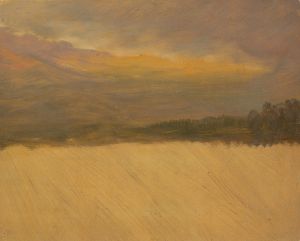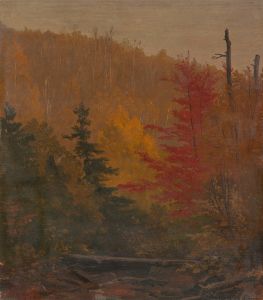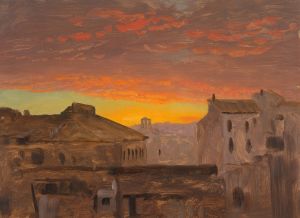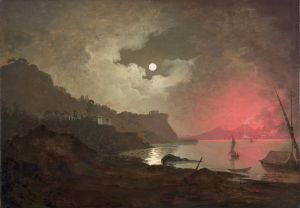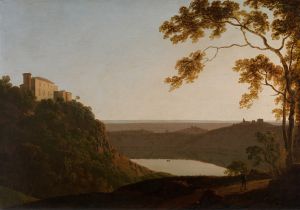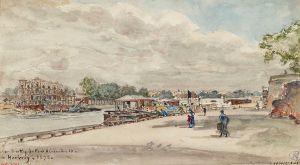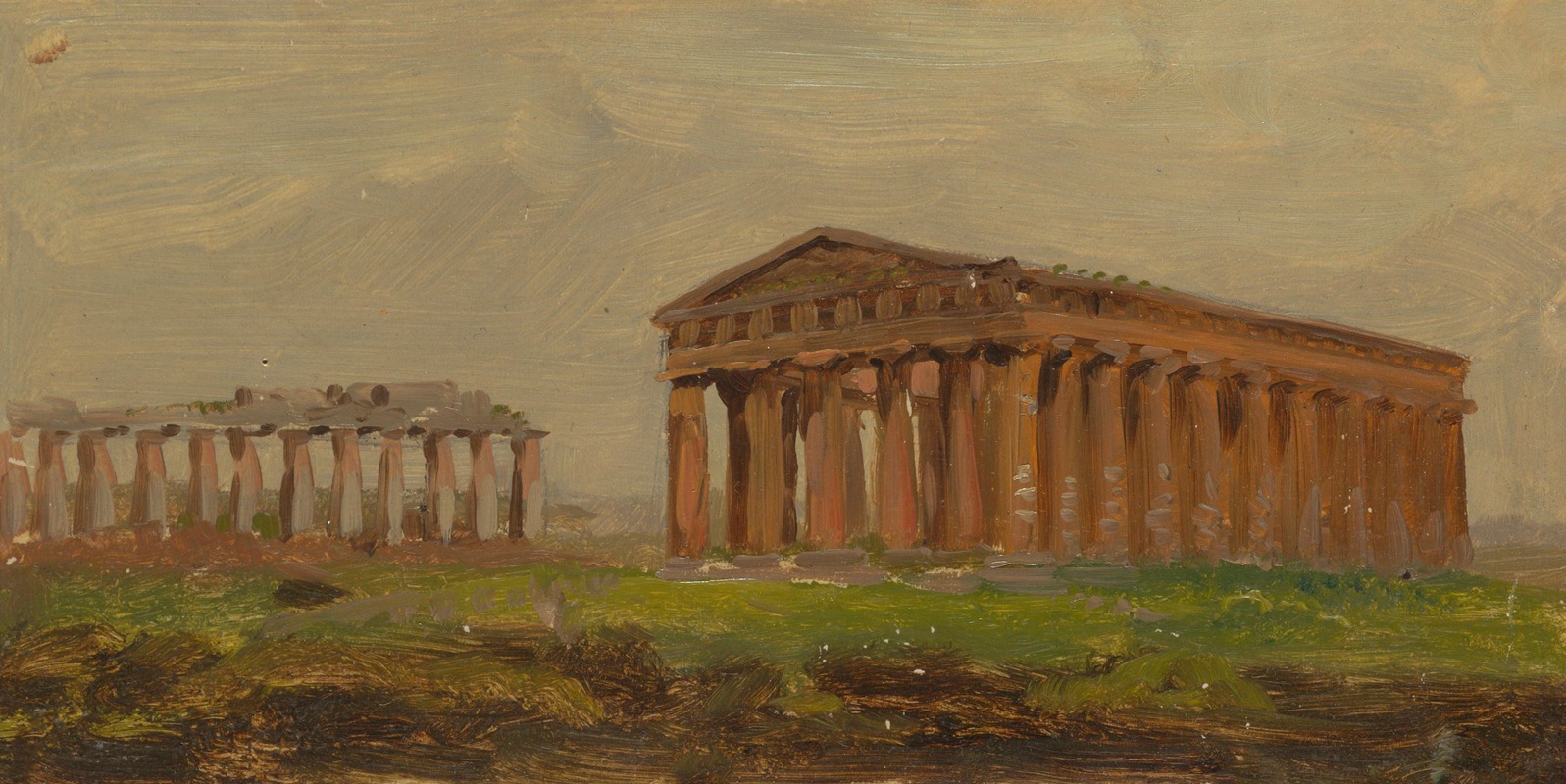
Paestum, Temple of Neptune
A hand-painted replica of Frederic Edwin Church’s masterpiece Paestum, Temple of Neptune, meticulously crafted by professional artists to capture the true essence of the original. Each piece is created with museum-quality canvas and rare mineral pigments, carefully painted by experienced artists with delicate brushstrokes and rich, layered colors to perfectly recreate the texture of the original artwork. Unlike machine-printed reproductions, this hand-painted version brings the painting to life, infused with the artist’s emotions and skill in every stroke. Whether for personal collection or home decoration, it instantly elevates the artistic atmosphere of any space.
Frederic Edwin Church's painting Paestum, Temple of Neptune is a work by the renowned American landscape painter associated with the Hudson River School. Created in 1868, this painting depicts the ancient Greek temple located in Paestum, an archaeological site in southern Italy. The Temple of Neptune, also referred to as the Temple of Hera II, is one of the best-preserved examples of Doric architecture from the 5th century BCE. Church's work captures the grandeur and timelessness of this historic structure, emphasizing its architectural beauty and its setting within the Italian landscape.
The painting reflects Church's interest in historical and cultural subjects, which he explored during his travels in Europe and the Mediterranean. In the mid-19th century, the ruins of Paestum were a popular destination for artists and intellectuals, as they symbolized the enduring legacy of ancient civilizations. Church visited the site during his European tour in 1868, and his depiction of the temple demonstrates his fascination with the interplay of natural light and monumental architecture.
In Paestum, Temple of Neptune, Church employs his characteristic attention to detail and mastery of light to render the temple with striking realism. The painting showcases the temple's massive stone columns, weathered by time, and the surrounding landscape, which includes lush vegetation and a serene sky. Church's use of light and shadow enhances the sense of depth and highlights the temple's structural elements, drawing the viewer's attention to its enduring majesty.
This painting is part of Church's broader body of work that often combines natural landscapes with cultural and historical themes. While he is best known for his depictions of the Americas, such as The Heart of the Andes and Niagara, Paestum, Temple of Neptune demonstrates his ability to capture the essence of European and Mediterranean landmarks with equal skill and sensitivity.
Today, Paestum, Temple of Neptune is recognized as an example of Church's versatility as an artist and his ability to convey the significance of historical sites through his art. The painting is held in a private collection and is occasionally exhibited in museums and galleries, allowing viewers to appreciate Church's interpretation of this ancient architectural masterpiece.





